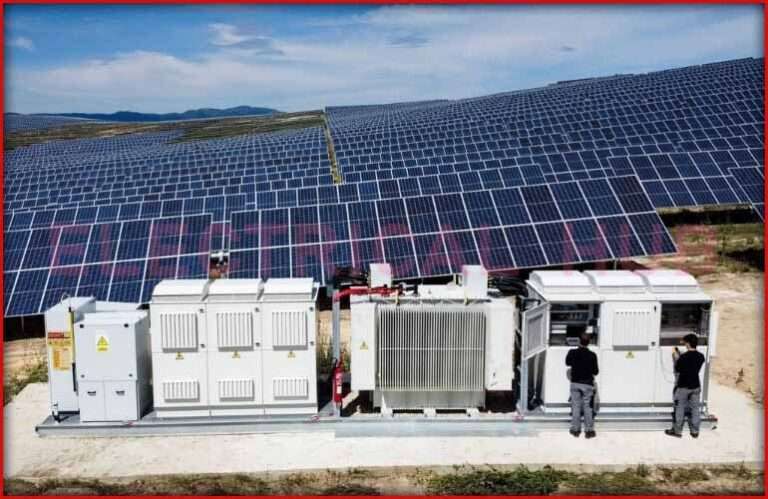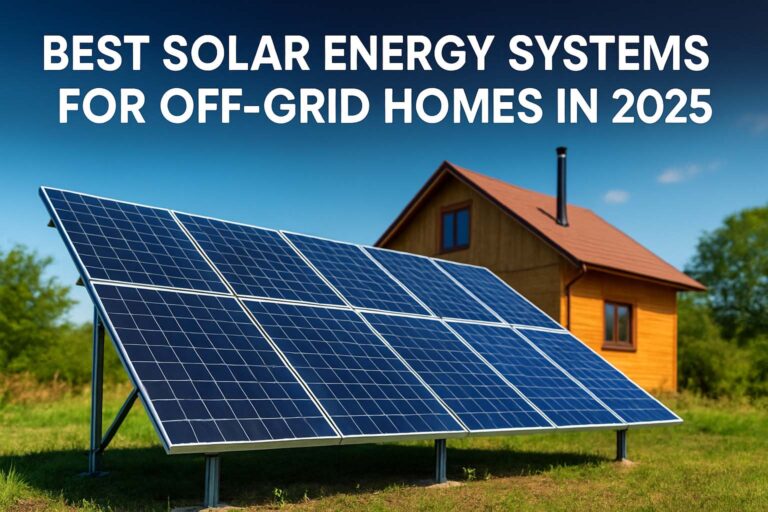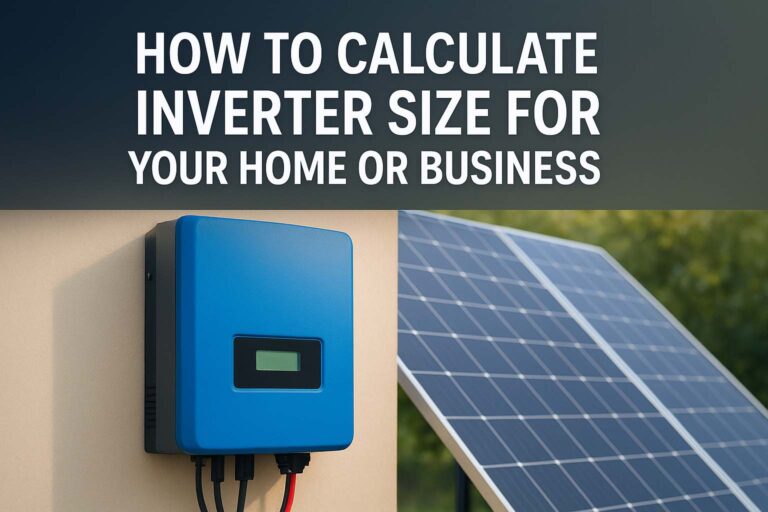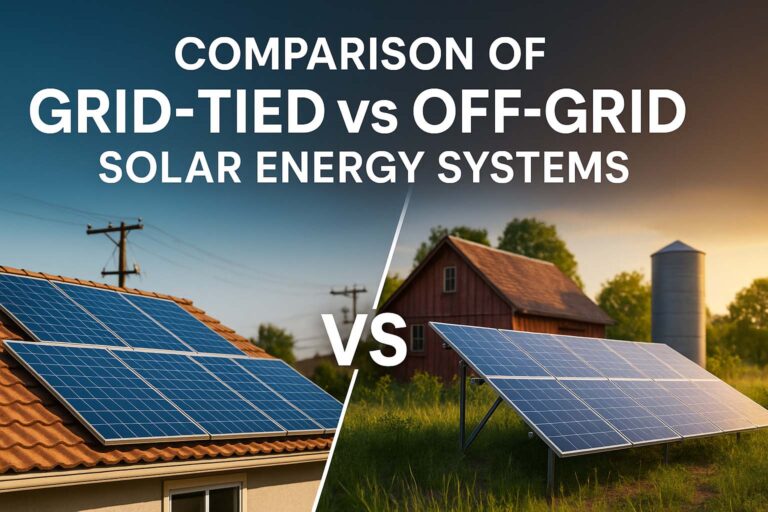Smart Solar Street Light System with IoT Integration
Smart energy solutions are transforming the way cities operate. One of the most innovative developments is the Solar Street Light System with IoT integration. This technology combines solar energy with advanced communication and control systems. The result is an intelligent, energy-efficient, and cost-effective lighting solution for modern cities.
Table of Contents
Table of Contents
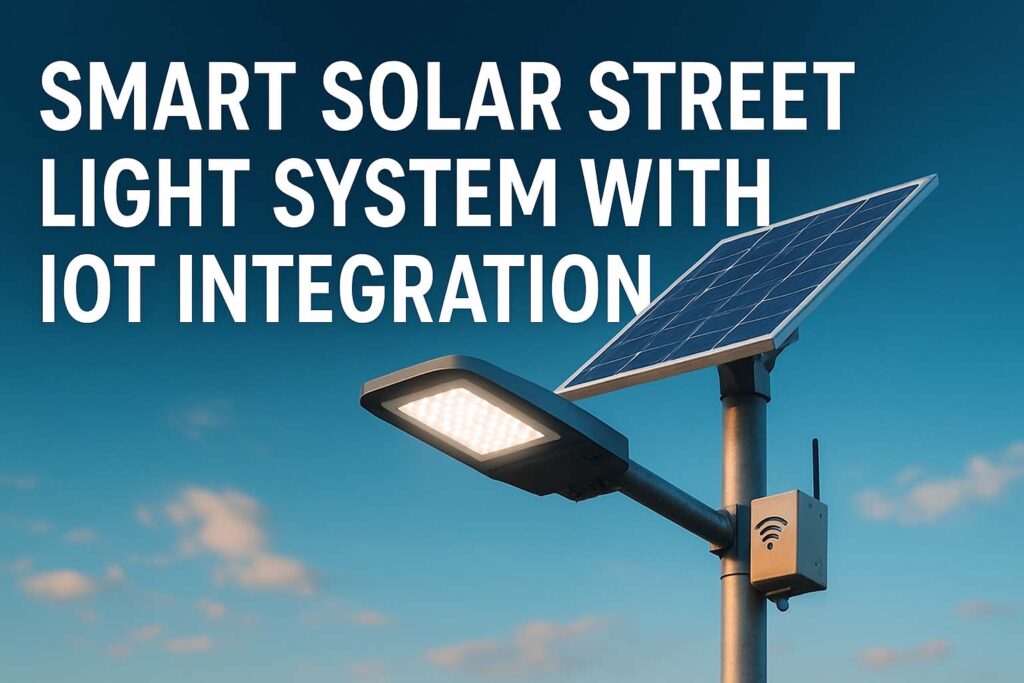
Traditional street lighting systems rely on electricity from the grid. These systems consume significant energy and require frequent maintenance. Solar-powered lights reduce this dependency. When combined with IoT, they become smarter and more adaptable to real-world conditions.
In this article, we will explore the technical aspects, benefits, and working principles of Smart Solar Street Light Systems with IoT. We will also analyze components, features, challenges, and future trends.
Key Takeaways
- Solar Street Light System with IoT combines renewable energy and smart connectivity.
- It reduces power consumption, enhances monitoring, and improves city infrastructure efficiency.
- IoT enables remote control, real-time performance monitoring, and predictive maintenance.
Use our online tool Wire Size Calculator for Solar Panels
What is a Solar Street Light System with IoT?
A Solar Street Light System with IoT is a street lighting solution powered by solar energy and equipped with Internet of Things technology. Unlike traditional lights, these systems do not depend on centralized power grids.
Instead, they use solar panels to harness sunlight during the day and store energy in batteries for nighttime use.
IoT integration adds intelligence to this system. With IoT, each street light can communicate with a central management platform. This enables remote monitoring, control, and data analysis. Cities can optimize energy consumption, detect faults, and improve maintenance planning.
How Does a Smart Solar Street Light System with IoT Work?
The working principle involves three key steps: energy generation, energy storage, and smart management.
Energy Generation
Solar panels convert sunlight into electrical energy during the day. The amount of energy produced depends on the solar panel capacity and sunlight availability.
Energy Storage
The generated energy is stored in batteries, usually lithium-ion or lead-acid types. These batteries supply power to the LED lights at night.
Know more about Floating Solar Panel Systems Design & Cost Analysis
Smart Control and IoT Integration
IoT technology enables remote monitoring of energy levels, light intensity, and system health. Sensors provide real-time data like ambient light, motion detection, and battery status. This data is transmitted to a central platform via wireless communication protocols like Zigbee, LoRa, or NB-IoT.
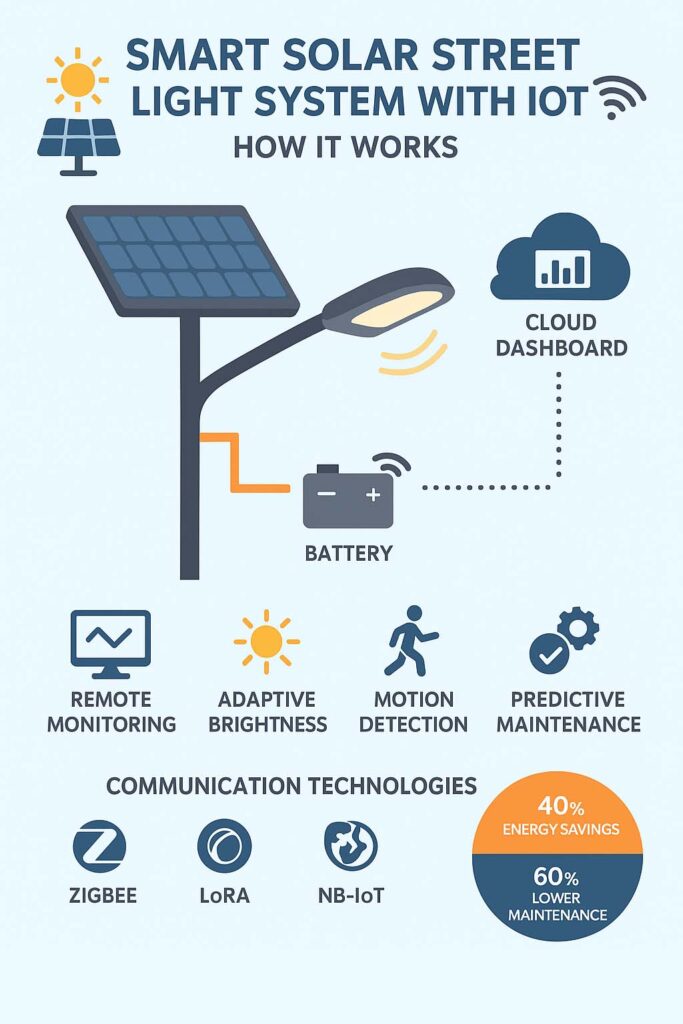
Key Components of Solar Street Light System with IoT
| Component | Function |
|---|---|
| Solar Panel | Converts solar energy into electrical energy |
| Battery | Stores energy for night use |
| LED Light | Provides efficient street lighting |
| Charge Controller | Regulates energy flow between components |
| IoT Sensors | Detect motion, ambient light, and system health |
| Communication Module | Enables wireless data transfer |
| Central Dashboard | Displays real-time performance data |
Know more about Off-Grid Solar System Design Guide for Remote Areas
Why Use IoT in Solar Street Light Systems?
Adding IoT to solar street lighting systems offers multiple benefits:
- Real-time Monitoring: Operators can check energy levels, detect failures, and view usage patterns from a remote location.
- Predictive Maintenance: Data analysis helps predict when a component might fail, reducing downtime.
- Energy Optimization: Adaptive brightness control reduces energy consumption by dimming lights when streets are empty.
- Fault Detection: Immediate alerts help in faster repair, ensuring continuous operation.
- Integration with Smart City Infrastructure: IoT-connected street lights can link with traffic systems, emergency alerts, and surveillance systems.
Advantages of Smart Solar Street Light System with IoT
Energy Efficiency
Using solar energy reduces dependency on the power grid. IoT adds intelligent control, optimizing light output based on real-time conditions.
Cost Savings
Cities save on electricity bills and maintenance costs. Predictive maintenance further reduces operational expenses.
Know more about MPPT vs PWM Charge Controller: Which One is Better?
Environment-Friendly
Lower carbon emissions contribute to sustainability goals. Solar energy is renewable and clean.
Improved Safety
Motion sensors can increase brightness when pedestrians or vehicles are detected, enhancing security.
Scalability
IoT allows easy integration of new lights without major infrastructure changes.
IoT Features in Solar Street Lighting Systems
- Remote ON/OFF Control
- Adaptive Lighting (Dimming)
- Motion Detection with PIR Sensors
- Energy Consumption Analytics
- Battery Health Monitoring
- Over-the-Air Firmware Updates
- Integration with Cloud Platforms
Know more about Battery Energy Storage System Design and ROI
Communication Technologies Used
IoT-enabled solar street lights rely on different communication protocols for connectivity:
| Protocol | Range | Power Consumption | Suitability |
|---|---|---|---|
| Zigbee | Short (10-100m) | Low | Localized control |
| LoRaWAN | Long (up to 15km) | Very Low | Wide-area coverage |
| NB-IoT | Very Long | Low | Cellular-based communication |
Use our online tool solar panel wire size calculator
Technical Design Considerations
When designing a Solar Street Light System with IoT, engineers must consider:
- Solar Panel Sizing: Based on location and average sunlight hours.
- Battery Capacity: Must support multiple cloudy days.
- LED Wattage: Balance between brightness and energy efficiency.
- IoT Hardware Power Consumption: Low-power modules for longer battery life.
- Network Infrastructure: Suitable communication technology for area coverage.
Know more about EV Charger Installation Cost UK
Real-World Applications
- Smart Cities: Integration with urban infrastructure for better energy management.
- Highways and Expressways: Reliable lighting without grid dependency.
- Remote Villages: Off-grid areas benefit from solar-powered IoT systems.
- Industrial Zones: Secure and energy-efficient lighting in large complexes.
Challenges and Solutions
| Challenge | Solution |
|---|---|
| High Initial Cost | Government subsidies and financing models |
| Connectivity Issues | Use of LoRaWAN or NB-IoT for reliable connections |
| Battery Life | Use advanced lithium batteries with smart BMS |
| Data Security | Implement encryption and secure protocols |
Check out our detailed guide on how to calculate inverter capacity
Future Trends
- AI-Powered Analytics: Machine learning for better energy prediction and maintenance scheduling.
- Integration with 5G: Faster and more reliable communication.
- Energy Sharing Grids: Street lights sharing excess energy with nearby systems.
- Hybrid Systems: Combining solar with wind energy for better reliability.
Cost Analysis of Solar Street Light System with IoT
| Component | Approximate Cost (USD) |
|---|---|
| Solar Panel (50W) | $50 – $80 |
| Battery (Lithium 12V) | $60 – $120 |
| LED Fixture (30W) | $20 – $40 |
| IoT Controller | $30 – $70 |
| Pole and Accessories | $50 – $100 |
| Total | $250 – $400 per unit |
Conclusion
The Smart Solar Street Light System with IoT integration represents a significant leap toward sustainable and intelligent urban infrastructure. These systems combine renewable energy with advanced monitoring and control, reducing costs and improving reliability. As cities evolve into smart ecosystems, such smart lighting systems will become essential for safety, efficiency, and sustainability.
What are the disadvantages of a solar street lighting system?
High initial installation cost, dependency on sunlight (reduced efficiency during cloudy days), and battery degradation over time requiring replacement.
What is the power saving mechanism for street lights using IoT?
IoT-based systems use sensors and controllers to dim or switch off lights when no motion is detected, optimizing energy consumption through real-time monitoring.
What is an integrated solar street light?
It combines solar panel, LED lamp, charge controller, and battery into a single compact unit for easy installation and maintenance.
How to make a smart street light system?
Integrate motion sensors, IoT connectivity, and automated dimming controls powered by solar or grid electricity for adaptive lighting management.
What is the lifespan of a solar street light?
Typically 5–7 years for batteries and 15–20 years for solar panels, depending on quality and environmental conditions.
What are the two major drawbacks to solar power?
Intermittent energy generation (depends on sunlight) and high initial setup cost compared to conventional power sources.
Follow Us on Social:
Subscribe our Newsletter on Electrical Insights for latest updates from Electrical Engineering Hub
#SmartSolarStreetLight, #SolarStreetLightSystem, #IoTIntegration, #SmartLighting, #SolarPowerSolutions, #RenewableEnergy, #IoTTechnology, #SmartCitySolutions, #EnergyEfficiency, #GreenTechnology, #SolarInnovation, #IoTEnabledLighting, #SustainableLighting, #SmartInfrastructure, #CleanEnergy

